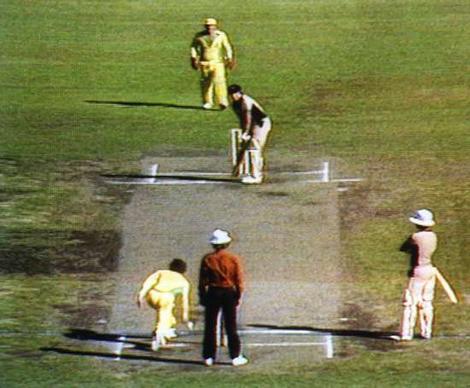The Space Shuttle Columbia disintegrated during the reentry into the Earth’s atmosphere, killing all seven astronauts aboard.

On Feb. 1, 2003, space shuttle Columbia broke up as it returned to Earth, killing the seven astronauts on board. NASA suspended space shuttle flights for more than two years as it investigated the disaster.
An investigation board determined that a large piece of foam fell from the shuttle’s external tank and breached the spacecraft wing. This problem with foam had been known for years, and NASA came under intense scrutiny in Congress and in the media for allowing the situation to continue.
The Columbia mission was the second space shuttle disaster after Challenger, which saw a catastrophic failure during launch in 1986. The Columbia disaster directly led to the retirement of the space shuttle fleet in 2011; NASA is developing a successor commercial crew program that will bring astronauts to the space station no earlier than 2018.
Columbia was the first space shuttle to fly in space; its first flight took place in April 1981, and it successfully completed 27 missions before the disaster. On its 28th flight, Columbia, on mission STS-107, left Earth for the last time on Jan. 16, 2003. At the time, the shuttle program was focused on building the International Space Station. However, STS-107 stood apart as it emphasized pure research.
The seven-member crew — Rick Husband, commander; Michael Anderson, payload commander; David Brown, mission specialist; Kalpana Chawla, mission specialist; Laurel Clark, mission specialist; William McCool, pilot; and Ilan Ramon, payload specialist from the Israeli Space Agency — spent 24 hours a day doing science experiments in two shifts. They performed around 80 experiments in life sciences, material sciences, fluid physics and other matters.
During the crew’s 16 days in space, however, NASA investigated a foam strike that took place during launch. About 82 seconds after Columbia left the ground, a piece of foam fell from a “bipod ramp” that was part of a structure that attached the external tank to the shuttle. Video from the launch appeared to show the foam striking Columbia’s left wing.
Several people within NASA pushed to get pictures of the breached wing in orbit. The Department of Defense was reportedly prepared to use its orbital spy cameras to get a closer look. However, NASA officials in charge declined the offer, according to the Columbia Accident Investigation Board and “Comm Check,” a 2008 book by space journalists Michael Cabbage and William Harwood, about the disaster.
This image is a view of the underside of Columbia during its entry from mission STS-107 on Feb. 1, 2003, as it passed by the Starfire Optical Range, Directed Energy Directorate, Air Force Research Laboratory, Kirtland Air Force Base, New Mexico. The image was taken at approximately 7:57 a.m. CST. This image was received by NASA as part of the Columbia accident investigation and is being analyzed.
This image is a view of the underside of Columbia during its entry from mission STS-107 on Feb. 1, 2003, as it passed by the Starfire Optical Range, Directed Energy Directorate, Air Force Research Laboratory, Kirtland Air Force Base, New Mexico. The image was taken at approximately 7:57 a.m. CST. This image was received by NASA as part of the Columbia accident investigation and is being analyzed.
Credit: NASA
On Feb. 1, 2003, the shuttle made its usual landing approach to the Kennedy Space Center. Just before 9 a.m. EST, however, abnormal readings showed up at Mission Control. Temperature readings from sensors located on the left wing were lost. Then, tire pressure readings from the left side of the shuttle also vanished.
The Capcom, or spacecraft communicator, called up to Columbia to discuss the tire pressure readings. At 8:59:32 a.m., Husband called back from Columbia: “Roger,” followed by a word that was cut off in mid-sentence.
At that point, Columbia was near Dallas, travelling 18 times the speed of sound and still 200,700 feet above the ground. Mission Control made several attempts to get in touch with the astronauts, with no success.
It was later found that a hole on the left wing allowed atmospheric gases to bleed into the shuttle as it went through its fiery re-entry, leading to the loss of the sensors and eventually, Columbia itself.



